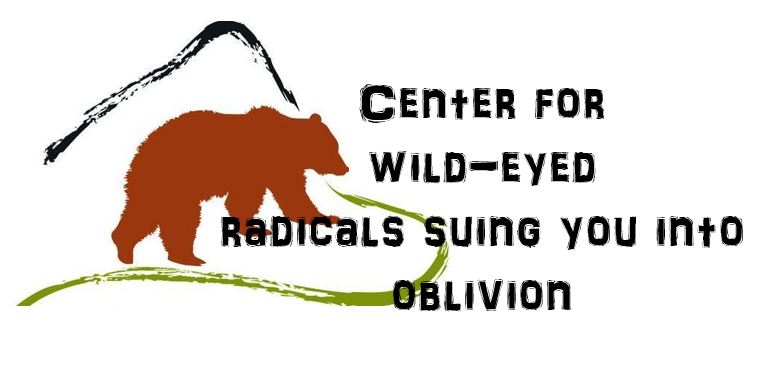The blame game and the debate about how exactly to cope with reliability in a heavily renewable power grid highlight the fact that meeting clean energy goals and reducing emissions should be made only after careful planning on how to ensure reliable power supply to customers and how to prepare the grid for an increased share of solar and wind power.
Tsevetana Paraskova
OilPrice.com
California’s Renewable Energy Conundrum
Amid a heatwave in the West, the largest U.S. solar state, California, is grappling with power issues and with keeping its electricity grid stable as demand exceeds supply. And in a looming renewable future, those power disruptions just might be a sign of things to come.
California energy consumers were warned of rolling outages as there is insufficient energy to meet the high demand during the heatwave, the California Independent System Operator (ISO) said over the weekend.
The warning to Californians about the outages and strained grid should serve as a warning for policymakers and system operators across the United States and elsewhere: a rush to boost renewable energy power generation should be coupled with – and even preceded by – more careful planning on how to ensure the reliability and stability of the power grid.
California’s Struggles With Power Reliability
In the case of California, where solar power supplies more than 20 percent of electricity as per the Solar Energy Industries Association (SEIA), the rolling outages this week were the worst such outages since the 2000-2001 energy crisis in the state.
Some blame the current power crisis on California’s aggressive renewable energy rollout and retirement of natural gas-powered plants. Others say that there is a way for the state to reconcile renewables with reliability, although this would not come in the near term and certainly not soon enough to help with the current power supply issues.
It would seem that California has put the renewable cart before the proverbial horse.
The blame game and the debate about how exactly to cope with reliability in a heavily renewable power grid highlight the fact that meeting clean energy goals and reducing emissions should be made only after careful planning on how to ensure reliable power supply to customers and how to prepare the grid for an increased share of solar and wind power.
Earlier this week, California Governor Gavin Newsom sent a letter to California Independent System Operator (CAISO), the California Public Utilities Commission (CPUC), and the California Energy Commission (CEC), demanding “an investigation into the service disruptions that occurred over the weekend and the energy agencies’ failure to predict and mitigate them.”
At the same time, Governor Newsom signed an emergency proclamation designed to free up energy capacity and reduce the need for temporary energy service disruptions.
“These blackouts, which occurred without prior warning or enough time for preparation, are unacceptable and unbefitting of the nation’s largest and most innovative state,” Governor Newsom wrote in the letter.
Are Renewables To Blame For Outages?
In a joint response to the letter, CAISO, CPUC, and CEC said that California’s clean energy plans were not to blame for the rotating outage, although they needed to do more to integrate renewables into the grid.
“Collectively, our organizations want to be clear about one factor that did not cause the rotating outage: California’s commitment to clean energy. Renewable energy did not cause the rotating outages,” they said.
“Our organizations understand the impacts wind and solar have on the grid. We have already taken many steps to integrate these resources, but we clearly need to do more. Clean energy and reliable energy are not contradictory goals.”
The current situation, however, would suggest that that is indeed the case at present.
We respect your reading experience, and have refrained from putting up a paywall and obnoxious advertisements, which means that we get by on small donations from people like you. We’re not asking for much, but any amount that you can give goes a long way to securing a better future for the people who make America great.
[paypal_donation_button]
For as little as $1 you can support Free Range Report, and it takes only a moment.



